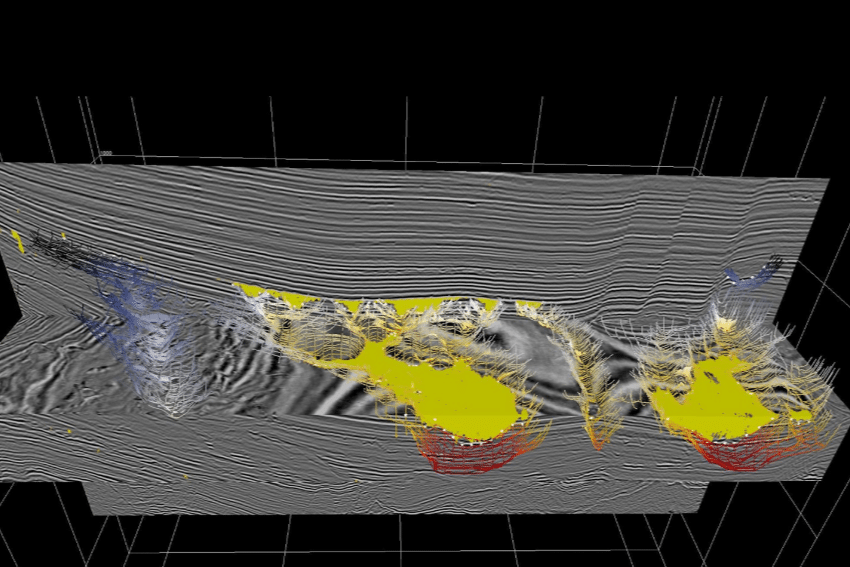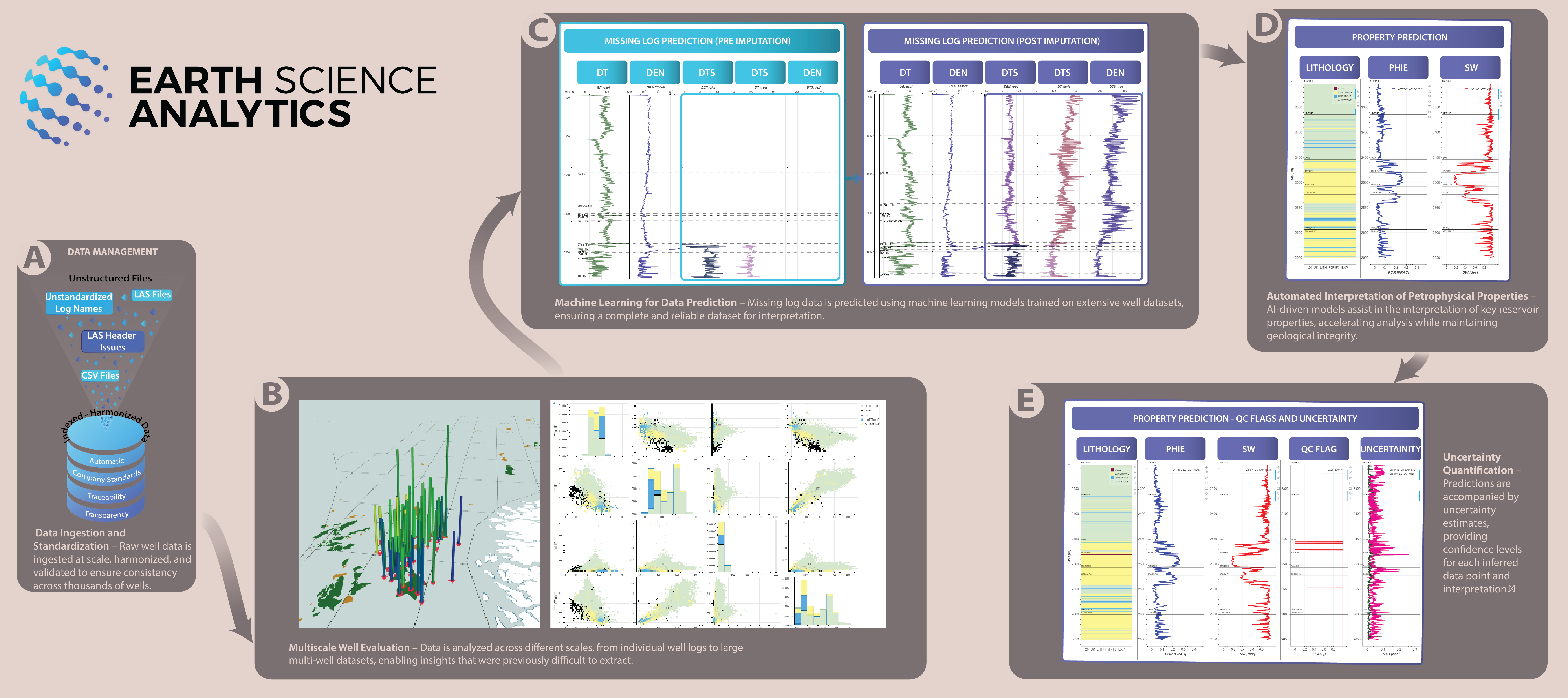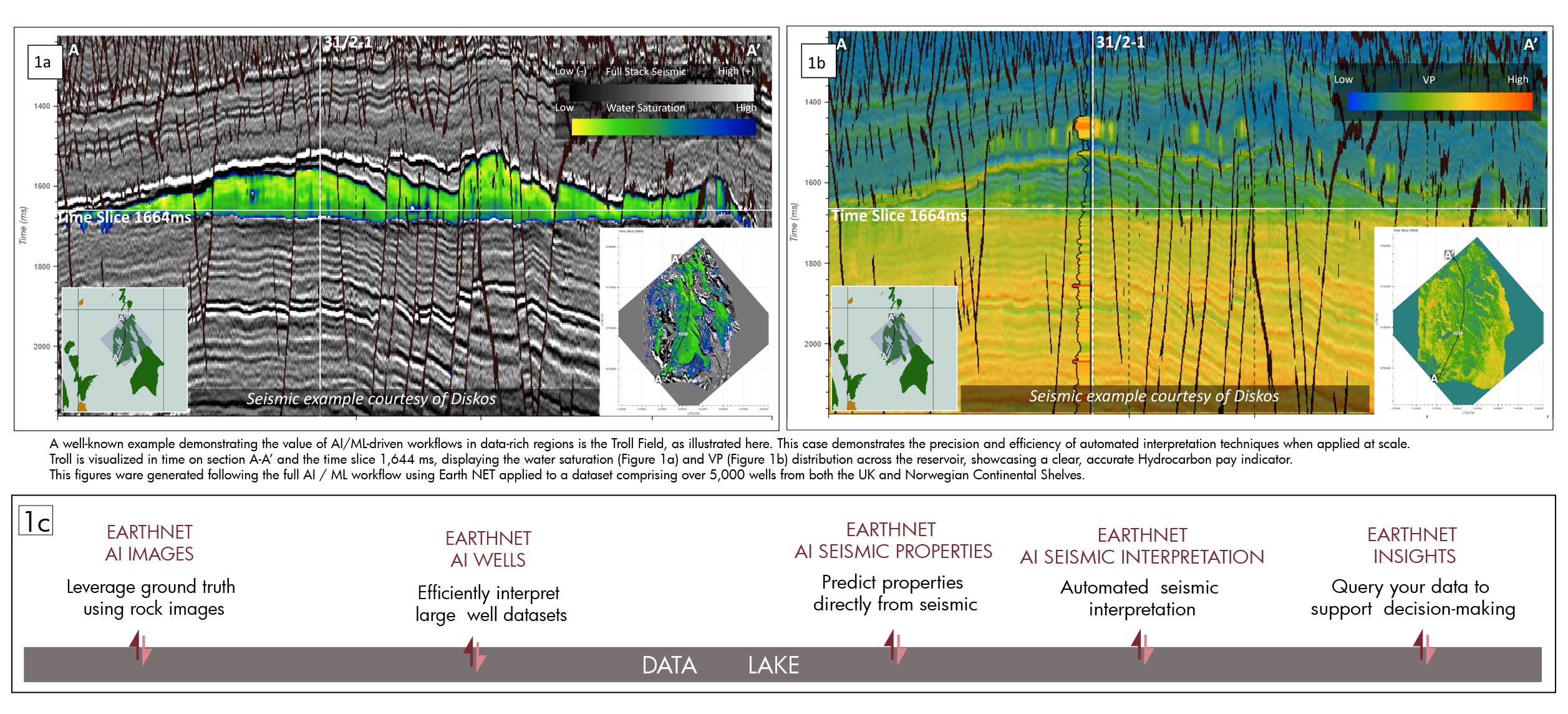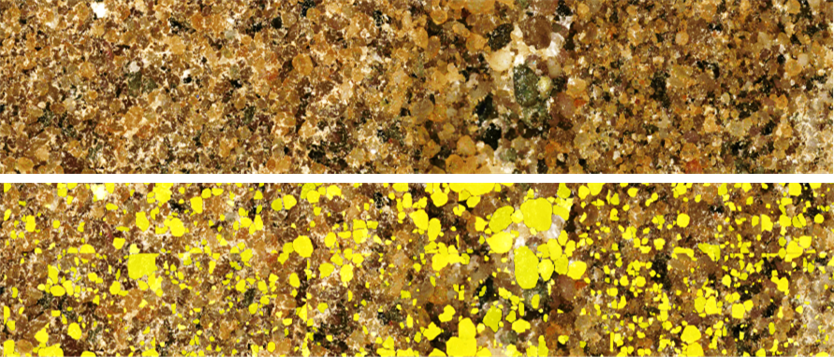Automated seismic interpretation is one of the better-known examples of machine learning and a whole session of #DigEx2019 in Oslo is dedicated to it (full program here). One of the speakers is Steve Purves, R&D Director of Earth Science Analytics (ESA). He will be talking about “Incorporating Uncertainty in Automated Seismic Interpretation; Geobody Volumetrics”.
Manual seismic interpretation is a time-consuming job as many of us know all too well. Although an interpreter has a notion of uncertainty, he or she normally picks what seems to be the best fit. Apart from, spending even more time, interpreting multiple realizations manually for use in scenario analysis, interpreters lack the means to quantify and incorporate this uncertainty in seismic interpretation.
This is where machine learning and deep learning especially comes in. Machine learning methods will not only provide a significant reduction of the manual picking work but can produce volumetric interpretations that are repeatable, and which can also be made probabilistic. This allows for direct quantification of uncertainty in the model and its dependency on the underlying data. In ESA’s opinion these methods will mature and soon become part of our seismic interpretation workflow.
Some of this work was published in a First Break article and presented at the PESGB/EAGE ML workshop in London. Steve Purves will now show the audience at #DigEx2019 the new next steps with a practical example of deriving probabilistic volume estimates with uncertainty on geobodies.






